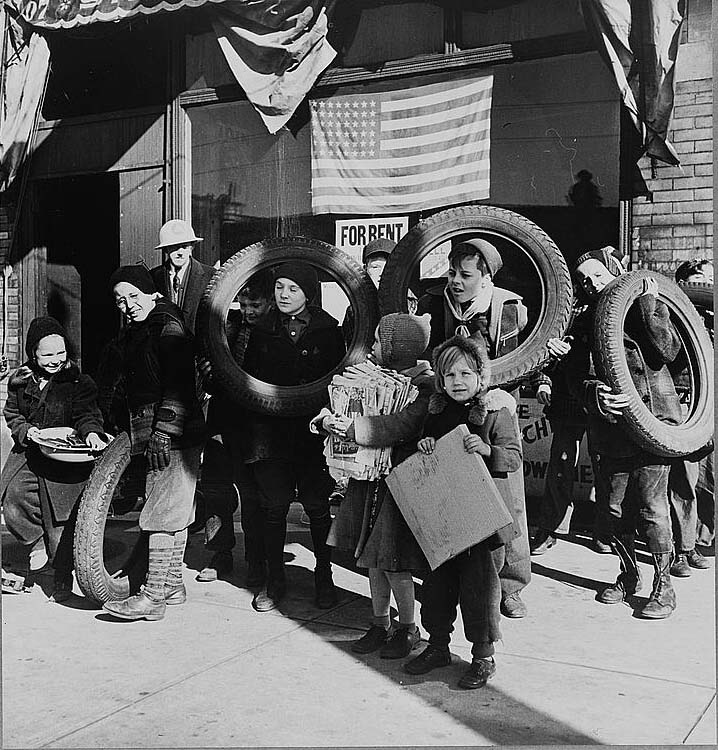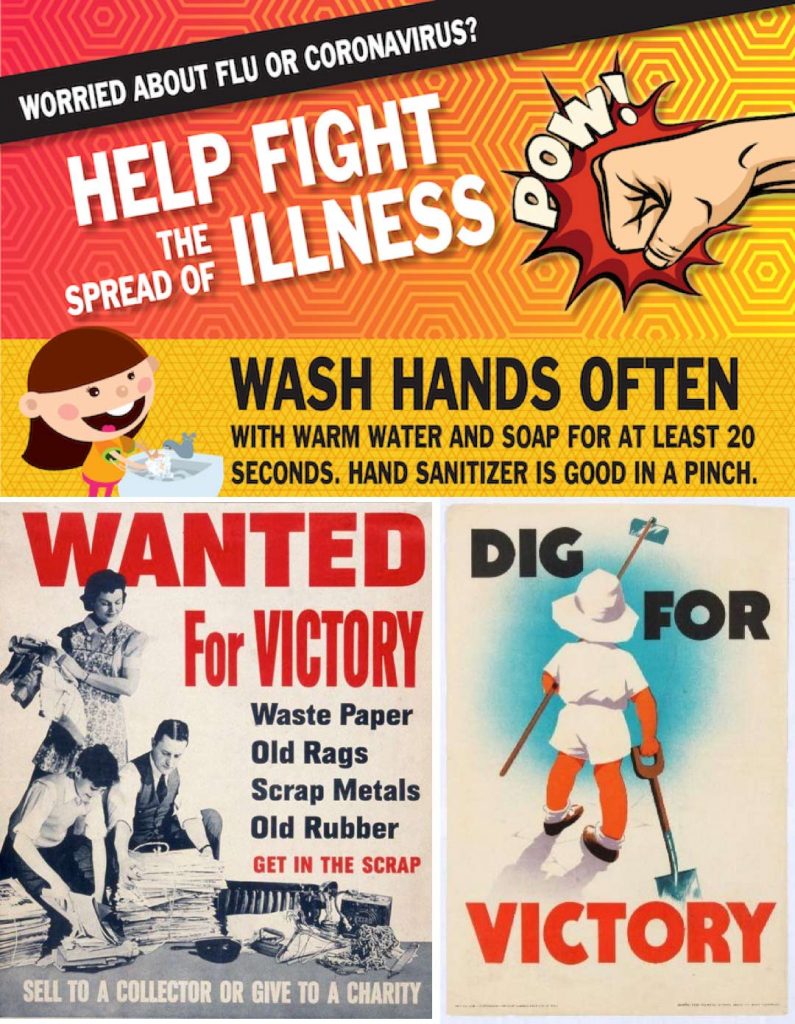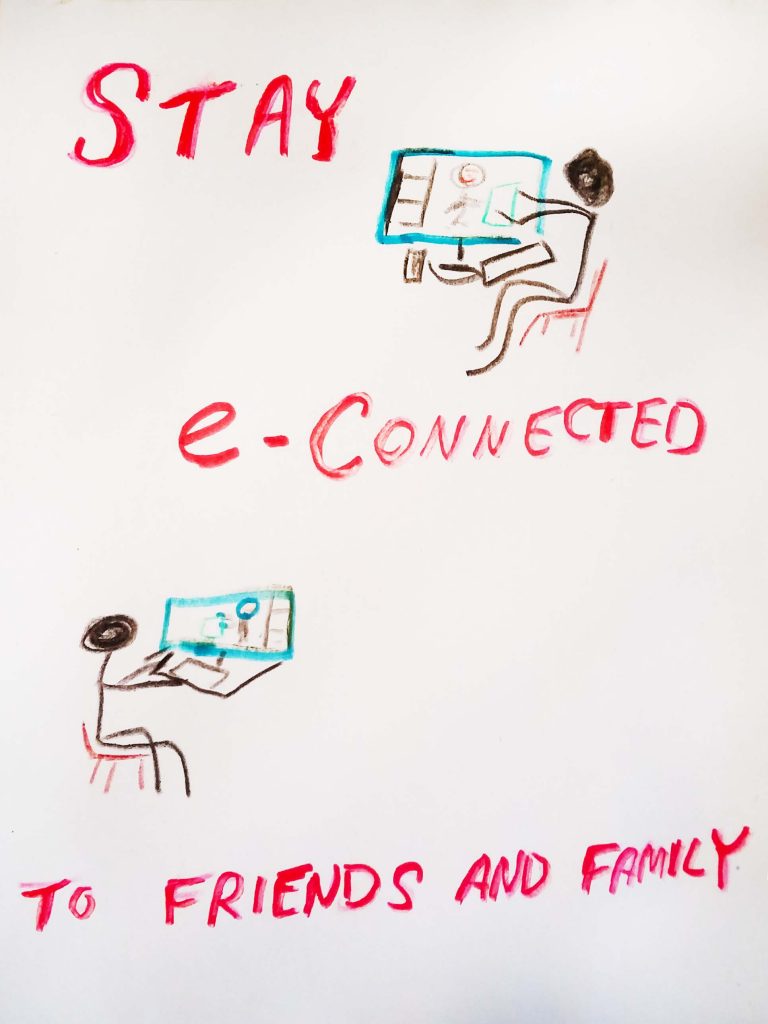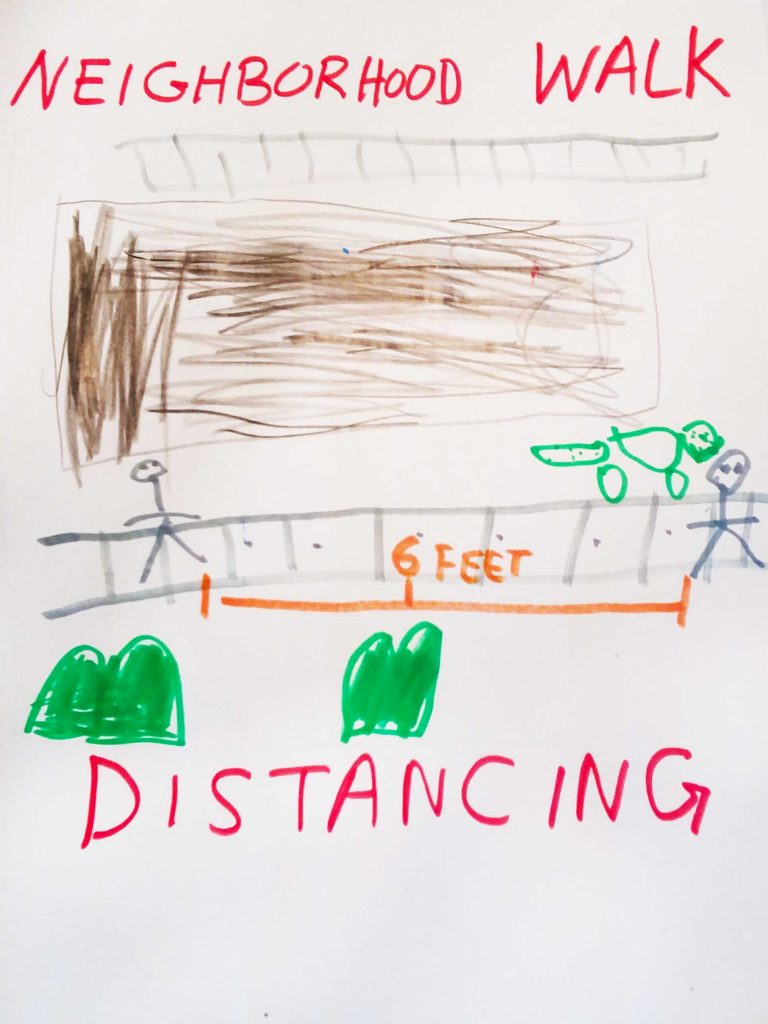From scrapping in WWII to social distancing during the COVID-19 pandemic, kids have had an important role to play in helping Ventura County support national goals during a time of crisis! Below you will find three activities that relate to the theme of “How Kids and Families Help on the Homefront.” The first activity will share how kids and families collected scrap and recycled materials during WWII, as well as featuring unique footage of Port Hueneme during the War. The second is an art activity, showing kids how to make their own poster to support of “social distancing.” The third activity features Victory Gardens, which were introduced in WWII and involved kids and families planting gardens at home (bonus: this activity will show you how to make your own Victory Garden!). Enjoy this module that celebrate history, science, and art!
Activity #1: Ventura and U.S. History (WWII)- Kids and Families Helped with Scrapping
During this COVID-19 pandemic, families (including kids) are being asked to adhere to guidelines—or even mandates—that will “Slow the Spread” of the coronavirus.
The goal of this combined effort is to protect our most vulnerable community members. Kids are helping by following these guidelines, but also by pitching in at home to help the adults keep in touch with elder family members (while practicing social distancing), keeping up with schoolwork, and conserving resources such as paper products—namely toilet paper! During these challenging times, kids and adults can look for inspiration and kinship with the children and families who supported the WWII effort by helping from the home-front.
Scrappy Kids!

In the 1940s, the term for collecting and reusing needed materials was “scrapping,” today we call it “recycling.” Scrap metal, rubber, and rags all could be used for the war effort. During World War II, scrapping was essential to help America win the war in Europe and the Pacific.
Today, we recycle to conserve natural resources and protect the environment. Students can use the example of World War II kids for inspiration to have a positive effect on their world!
The WWII Museum in New Orleans features online content text that tells the story of these “Scrappy Kids” helping to win the war on the home-front:
At this time of the COVID-19 pandemic, the entire country is mobilizing to provide medical devices and personal protective equipment (PPE) for health care professionals. During WWII, the Nation mobilized to support the warfighting efforts, and this video and links below are great resources to learn more:
A Ship is Born (1942) 21-minute Documentary. Features footage of U.S. Merchant Marine training at Port Hueneme during WWII. Nominated for “Best Documentary” at the 1943 Academy Awards.
Seattle Sunday Times (1942) – School for Seaman (Article)
Activity #2: Make Your Own Poster!

During WWII, posters were used to inspire kids and families to help on the home-front by scrapping (recycling) and planting Victory Gardens. What if, today, you decided that you wanted to support the COVID-19 “Stop the Spread” effort by preparing a poster that had a message to compel folks to “do” something in particular, or “not do” something (i.e. not meet in groups) to help slow the spread of the coronavirus?
Materials needed:
Paper (printer paper, construction paper, any size), markers, colored pencils, crayons, or paints.
Instructions:
Think of an inspirational message for your poster. Write in large letters on your paper. Draw people doing things that help their community! Color it with your markers, crayons or colored pencils.
Share
Then share it on our Facebook by using the hashtag #MVCPostersForHealth
Homemade Poster Gallery
Activity #3 – STEAM Connection – Victory Gardens
Kids Help Plant
Gardens of Victory!
During WWII most of the country’s resources went directly to support troops in the war effort. Sometimes this meant that fresh fruit or vegetables were sent directly to military troops. To ensure that families at home had enough produce to eat at home, citizens were encouraged to plant “Victory Gardens”.
They were called “Victory Gardens” because they would help the United States win the war. Children of all ages helped to grow plants and were an important part of helping the war effort at home.
History.com – America’s Patriotic Victory Gardens (Article)
UC Master Gardener Program – Victory Gardens in WWII (Web Article)
Victory Garden (Video Clip)–4mins.
Gardens of Victory (ca. 1943)–8mins.
During this time of being “safe-at-home” we encourage you to plant your “Victory Garden” with any materials you can find around the house. An old shoe, a plastic bottle, a tin can, or anything you can find can all be turned into a planter!
Find some about inventive planters here: http://www.woohome.com/diy-2/24-whimsical-diy-recycled-planting-pots-on-the-cheap
Then share your garden with us on social media!



